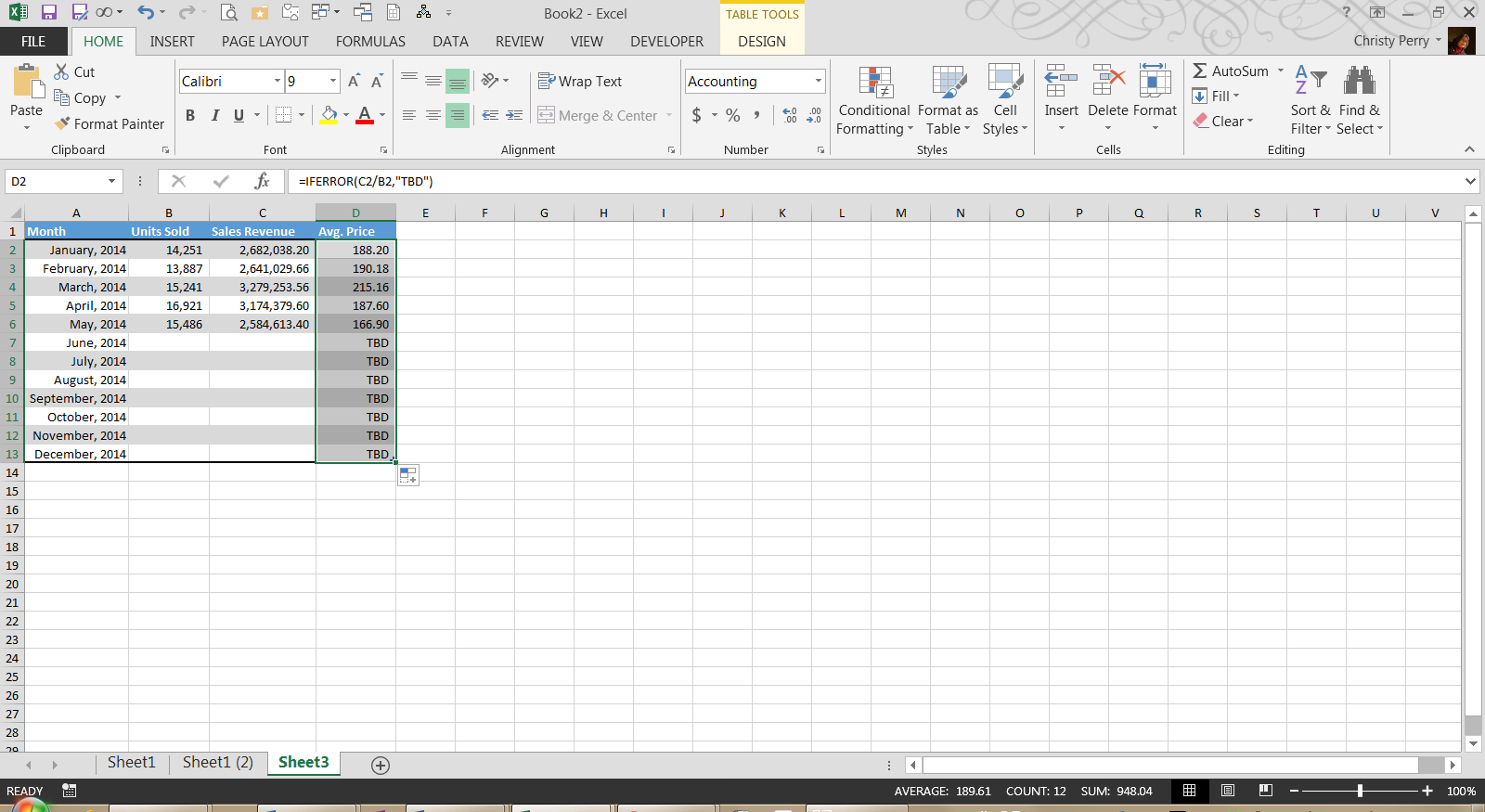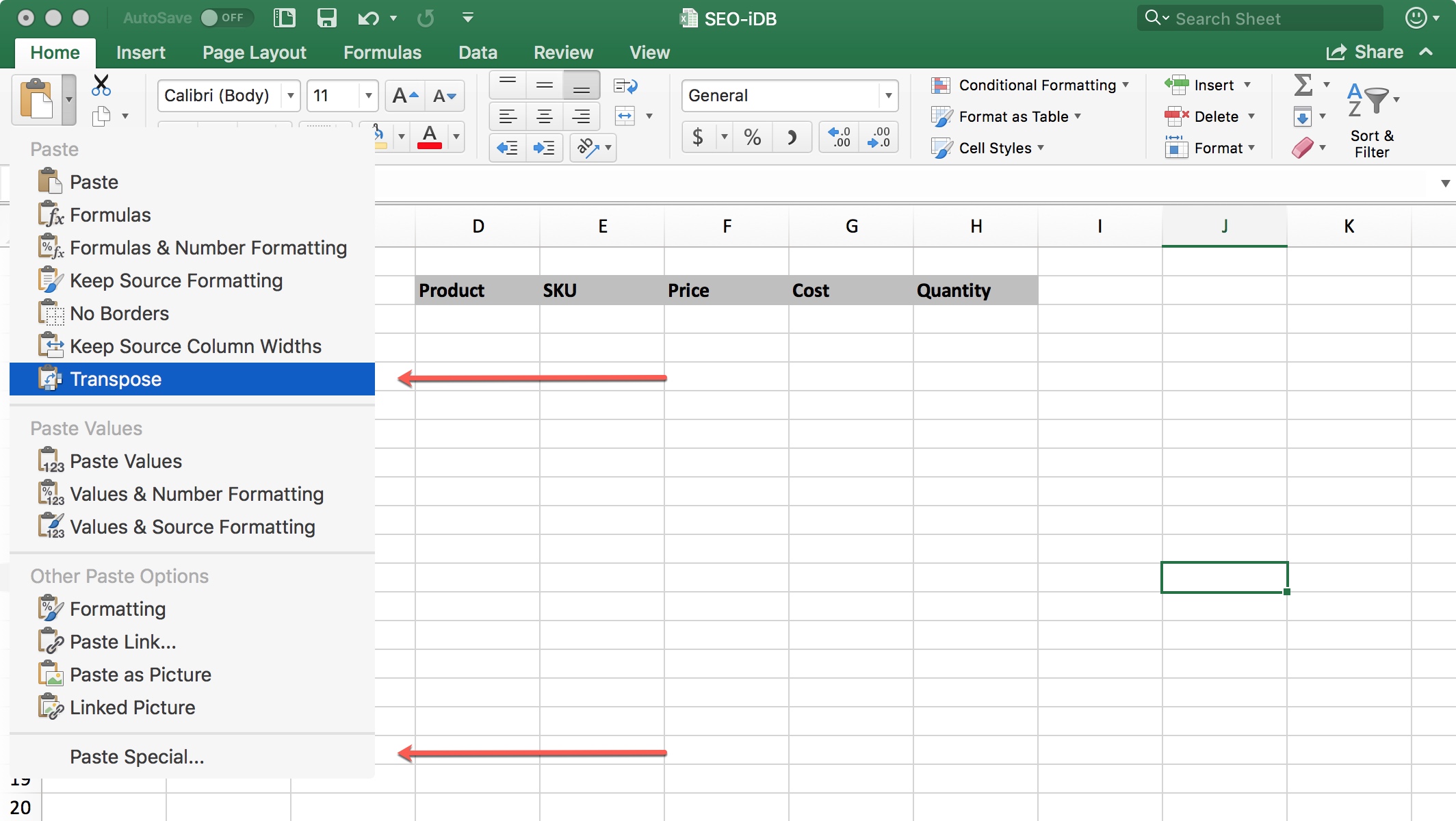

Some other options that you get when using Paste Special: Shortcut to Open Paste Special dialog box: ALT + E + S So copy Column A, then first paste values and then paste formatting. In case you want to copy values as well as formatting (but nothing else such as formulas), you can repeat the process twice. If you only want to paste the formatting, you can select the ‘Formats’ option in the Paste Special dialog box. If someone could also confirm this answer in the Quick Edit view of SharePoint 2013, 2016, and sharepoint-online, that would be most helpful.The above steps copy the entire column A, but only paste the values and not the formatting. If I can verify them, I'll merge your answers (with citation) to mine and give you credit.
PASTE INTO EXCEL COLUMNS FREE
Please feel free to add your own thoroughly tested answers. Note: I am opting to not make this a wiki as I have personally invested numerous hours testing this info and would like to be rewarded for my efforts. If you load them at the same time, the Lookup field on Row 2 will be empty. For example, if you have a Row 2 that has a lookup to Row 1, Row 1 must be loaded first, then refresh the page, and load Row 2.
PASTE INTO EXCEL COLUMNS UPDATE
For example, if you have an existing row that you wish to update only certain cells, you must copy only those cells.

PASTE INTO EXCEL COLUMNS FULL
Here's the full list of SPUser Properties. | Select-Object Object" Expression=\SPUserIDs.csv" -f ::GetFolderPath("Desktop")) -NoTypeInformation -Encoding Unicode I used the following script ( must be run on the frontend server) for gathering data for Excel: # Get User IDs (see Gotcha) needed for formatting the People or Groups columns. Export your list to Excel and make the desired updates.Setup your view (with sort and filtering).You have to be extremely careful not to write data intended for one row to a different row. The trick is to sort by a unique column such as the row ID, then be sure that you have a direct correlation between the data showing in your view and what you have in Excel. You can slice an dice your Datasheet Views to contain any columns you like and filter appropriately when working with subsets of the list. Important! Make sure that your Excel columns line up with the appropriate list columns and that you have validated all of the values beforehand. Copy/Paste from Excel into the view you prepared in Step 1.įinal Result! Notice the resulting indentation on lines 2 & 3 of the MLineRT column using Alt+ Enter in the Excel cell for adding lines.Open your list in Internet Explorer and change to Datasheet View (a.k.a.Prepare and format your data in Excel as specified above preferably using Excel Tables.Create a Datasheet View containing the columns you want to populate excluding READ-ONLY fields (as indicated above).Here are the Valid HTML Tags for the Rich Text fields. Hyperlink or Picture | Excel '=HYPERLINK' formula or Linked Text. `Surname, Given #111 #`) Importing a single user does not need the ID (i.e. Yes/No (check box) | 1/0, Yes/No, or TRUE/FALSE. Lookup | Additional fields are READ-ONLY. `` or `` (M/D/YYYY) must be delimited by either '-' or '/'). Multi-line, rich text | Does not import or export well from/to Excel.Ĭurrency | Numeric only symbols ignored.ĭate and Time | ISO-8601 or per Column Settings (e.g. Multi-line, plain | Any Unicode string multiple lines can be wonky. Single line of text | Any Unicode string.

Must be formatted as follows: -COLUMN- | -FORMAT / COMMENT. Certain column types are not able to be imported in this way, such as the Multi-line Enhanced Text.

The key points are recognizing the column types and formatting the data appropriately in Excel before the attempting the import.


 0 kommentar(er)
0 kommentar(er)
